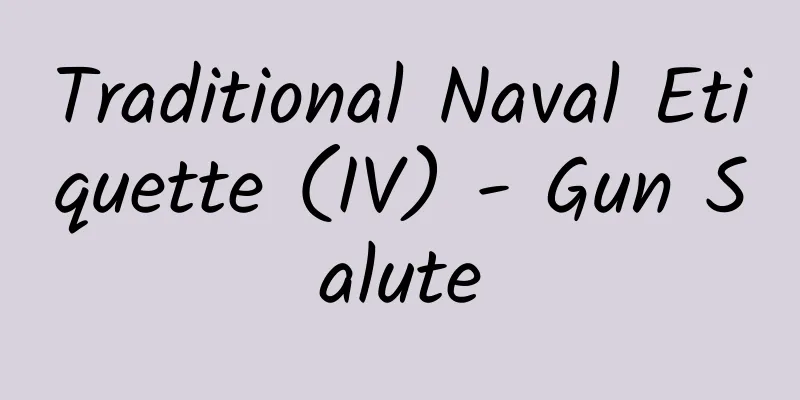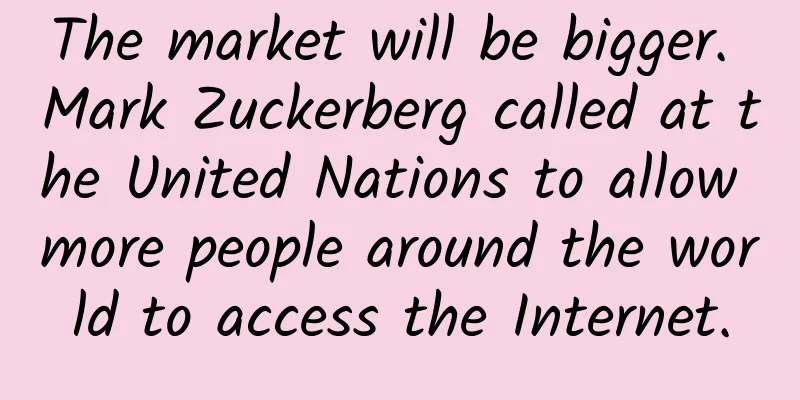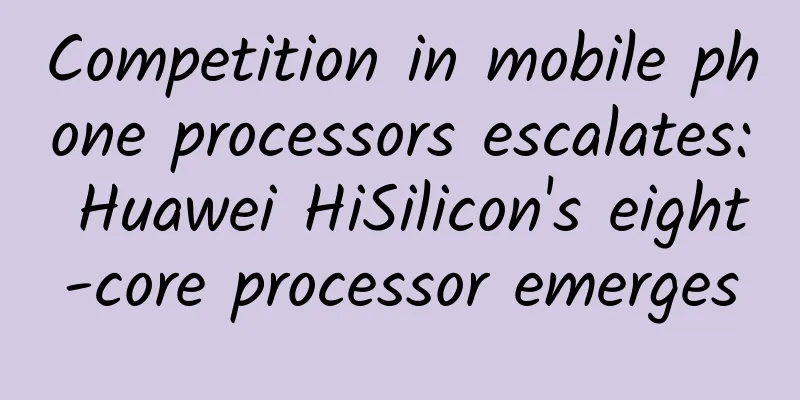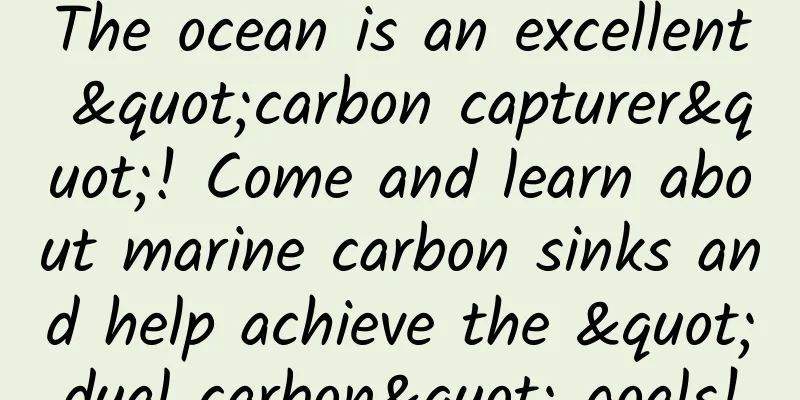Traditional Naval Etiquette (IV) - Gun Salute

|
Whenever a foreign head of state or government visits my country, people can see in the East Square of the Great Hall of the People or on TV that a salute is arranged during the welcoming ceremony. For a time, the rumbling of guns and the smoke of gunpowder in the solemn national anthem add a lot of charm to the welcoming ceremony. Little do people know that this ceremony of using salutes to welcome foreign dignitaries originated from the traditional etiquette of the navy - firing salutes. ▲ Common salute patterns (Pictures from the Internet) As early as the sailing warship era in the 16th century, when warships of different nationalities or alliances met at sea, due to the limitations of communication conditions, they could not identify the intentions of the approaching ships. In order to avoid misunderstandings and mutual attacks, both sides would arrange for crew members to stand on the mast crossbeams and decks with bare hands and hang all signal flags on the masts. In addition, they would also arrange for all loaded shipborne artillery to be fired, indicating that they had given up commanding the ship's combat operations and to pay respect to the other side. Over time, firing salutes evolved into a customary etiquette when non-hostile naval ships met each other at sea, and with continuous practice, it was proceduralized and institutionalized. In the 17th century, this ritual of firing salutes at sea was adopted by the British Navy in the welcoming ceremony for entering ports of other countries. Before a warship enters the port of the host country, it fires 21 national salutes to show respect to the host country; the coastal artillery of the port of the host country will respond with 21 salutes according to the prior agreement between the two parties, or with a personal salute of varying numbers according to the rank of the highest commander of the incoming ship (if there is no coastal artillery, a designated warship in the port will fire the salute). ▲ National gun salute at the port (Pictures from the Internet) The 21-gun salute is the highest level of etiquette At that time, the number of salutes fired by the navies of various countries varied, with the maximum number reaching 101, which was very complicated and too arbitrary. Therefore, in order to seek a unified number of salutes, the British Navy took the lead in proposing that the 21 muzzle-loading guns (gunpowder and projectiles were loaded at the muzzle) of the largest warship equipped by Britain at that time should be used as the benchmark, and 21 shots should be fired in sequence at intervals of 5-7 seconds (because repeated loading of muzzle-loading guns was very inconvenient, so each gun fired once). Later, on this basis, a rule was formulated to reduce the number of salutes by 2 according to the odd number according to the identity of the recipient, until 7 shots (such as 19, 17, 15...7, no 9 shots). This was gradually recognized by the navies of various countries. Therefore, firing a 21-gun salute became the highest standard of etiquette. Types of Salutes The earliest use of the salute etiquette by the Chinese navy appeared in 1875 when the Beiyang Navy was being formed. At that time, the various navies began to fire salutes on important occasions. The final custom was the Beiyang Navy Charter formulated when the Beiyang Navy was established in 1888, which was consistent with the navies of the world. Gun salutes are a solemn naval etiquette to express welcome, celebration, respect, condolences or thanks. They are usually fired during major festivals, celebrations, funerals and other solemn ceremonial occasions. They are divided into national salutes, personal salutes and funeral salutes. National Salute The number of gun salutes is 21, which are used to welcome heads of state or government to inspect or when they arrive at a port or base for inspection; they are fired when a warship arrives at a port or base of the host country to show respect to the host country; or they are fired when a visiting foreign warship fires a national salute in response. Personal Salute It is used to greet and see off heads of state, heads of government, and senior military officers boarding or disembarking visiting ships at ports, anchorages, or at sea; when a warship is on a visit or welcoming and seeing off a foreign warship, according to the prior agreement between the two parties, it is fired to the highest-ranking naval officer or above on the other side's warship, or an officer of equivalent rank. The number of gun salutes fired is 21 to 11 depending on the status of the recipient, and the other party must immediately fire the same number of salutes in return to express gratitude. Heads of state and government do not need to return the salute when receiving personal salutes. In specific circumstances, when the rank of one party is lower than the minimum personal salute specification stipulated by the other party, the salute will be returned with 7 gun salutes. funeral salute Funeral salute: Fired at the burial of deceased (killed in action) national leaders, senior military generals, and other meritorious personnel. Rules for firing salutes In domestic situations, the timing of firing salutes is usually carried out according to the instructions of superiors. In international exchanges, it must be agreed upon in advance by both parties and carried out in accordance with regulations, rules, codes and international practices. Usually the salutes are fired by warships of level 2 or above, designated salute ships, or port batteries (if there are no port batteries, salute guns are set up on land in the port). Naval salutes generally include special salute guns and the use of in-service naval guns (100mm medium caliber) as substitutes for salute guns, using special salute shells and blank shells (without projectiles). The time for firing salutes is usually from sunrise to sunset, but salutes to heads of state and to thank visiting foreign warships are not subject to this restriction. The firing of naval salutes is a symbol of the exercise of state and military etiquette, representing the image and dignity of the state and the military. This can be seen from the twists and turns of the firing of salutes during the Beiyang Navy's visit to Japan in 1891. On June 30, 1891, Admiral Ding Ruchang of the Beiyang Navy led six ships including the Dingyuan to visit Japan. When they arrived at Kobe Port, the flagship Dingyuan fired 21 salutes on behalf of the fleet to pay tribute to Japan. At that time, there were no artillery in the Kobe Fort, and the only Japanese ship in the port was under repair in the dock and could not return the salute. When the Beiyang Navy ships anchored in the port, the Japanese side immediately sent people on board to explain the situation. The next day, the Japanese side urgently dispatched the cruiser "Katsuragi" to Kobe Port and fired 17 salutes according to Ding Ruchang's rank. On the third day, the captain of the "Katsuragi" specially boarded the ship to pay a visit to Ding Ruchang and asked him to return the salute on behalf of the Kobe Port artillery. After getting permission, the "Katsuragi" solemnly fired 21 salutes to make up for the owed salute. Some people may feel that this is too dogmatic and pedantic, and as long as both parties explain the situation and reach an understanding, there is no need to make up for the ceremony. However, it is this meticulous treatment of naval etiquette that precisely demonstrates the characteristics of the navy as a world military force. |
<<: Petrochemicals, plastics and fossil fuels: Do you know how these industries are connected?
Recommend
Beware! These 5 dietary misunderstandings about high blood lipids may lead to malnutrition and inability to control blood lipids!
There are more and more patients with hyperlipide...
360 LeTV uses Coolpad to balance Xiaomi?
"We will not hinder the cooperation between ...
Beijing CDC issues health tips for New Year's Day and Spring Festival: encourage people to avoid peak travel times, return home, return to work, and return to school during the Spring Festival travel rush
At present, the epidemic is spreading abroad, and...
How can artificial intelligence make you happier the more you shop?
lead We have talked about autonomous driving, sma...
Where does astronauts get water outside the earth?
There are three urine collection buckets in front...
User operation: paid membership, the retention hacker after the death of growth hacker!
From growth being king to retention being king, t...
Seven-day abdominal exercise Baidu cloud download
Seven-day abdominal exercise resource introductio...
Why can’t a girl unscrew the cap of a bottle but can unscrew the top of her boyfriend’s head?
【appendix】 1. When a factory produces bottled bev...
SaaS product promotion and customer acquisition guide!
Today, let’s talk about how to achieve rapid and ...
This lousy "big-tailed wolf" of Buggy is actually a whale?
This year's species calendar includes many la...
Unmanned driving systems are really hard to understand. This article tells you the answer
Nowadays, unmanned driving technology is usually ...
User operation: How to stimulate users’ desire to act?
Why do users want to use/participate/take action ...
Apple announces the official launch of App Light Code
Apple announced to developers yesterday that it h...
Weilai Chang'an Street incident re-occurred? Car owners reported that ES8 was upgraded in the middle of the road, causing an hour of congestion
Recently, a NIO owner reported on a forum that he...
"I was infected with Omicron in South Africa": There are 3 symptoms!
The impact of the Omicron strain on South Africa ...
![[Case] How to create video ads that better understand young people?](/upload/images/67cc456984dbd.webp)








